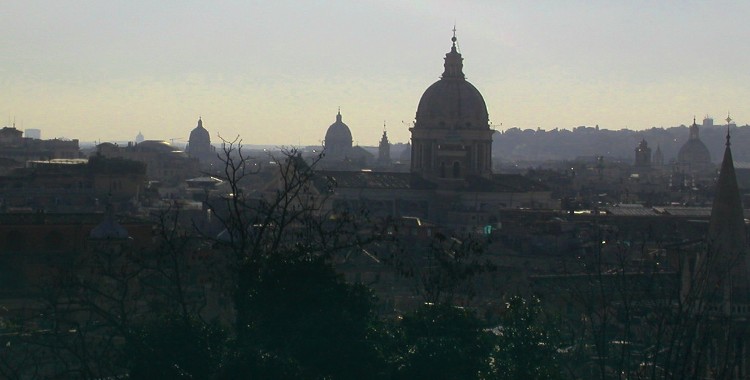I’m participating, as I’m able, in Digital Writing Month (#DigiWriMo). Drafting some sections for an upcoming book chapter (with Lisa Kimball) on digital media for ministry felt like a great way to honor the spirit of that endeavor and still get some work done.
In other words: this is a draft.
Allow me to make a bold prediction. When practical theologians interested in ministry and technology look back on the first few decades of the twenty-first century, they will talk about the time before and the time after Keith Anderson’s The Digital Cathedral: Networked Ministry in a Wireless World.
In this 2015 collection of ministry field reporting, Anderson developed a compelling and relevant metaphor to elucidate the following principle:
Digital spaces and practices infuse or supplement physical spaces and practices.
Anderson was certainly not the first or only digital ministry practitioner to free us from the paradigm of “virtual” ministry in a separate “cyberspace.” Meredith Gould dedicated a chapter to the subject in her 2013 Social Media Gospel helpfully titled “Virtual Community Is Real Community” (ch. 6). And before that, Elizabeth Drescher’s analysis of our modern cultural “habitus” in Tweet If You ♥ Jesus stressed that our patterns of life use technology to integrate, rather than separate, the various spheres of our lives.
So this non-binary conception was already instilled among those active in conversations about digital media ministry. What’s so helpful about Digital Cathedral is that it teaches this idea with an appeal to a deeply entrenched and familiar community ministry model: the cathedral.
A cathedral is connected to its neighborhood or village by an intricate and essential web of relational, cultural, and physical connections. Cathedrals blur the line between member and non-member, believer and non-believer, sacred and secular. Cathedrals offer a very old and very flexible way of being church, a way of being church that will become more and more essential as the cultural patterns created by the Baby Boom (which gave birth to the “program” era of church) continue to wane. Cathedrals create a public space for honest theological reflection and conversation. So does the Web.
Anderson’s point is that technology allows us to live as ministers in a way that more closely resembles the patterns of a cathedral canon than it does the role of pastor/chaplain/program manager/cruise director to a discrete congregation. Integrating digital practices allow us to be more public, present, playful ministers. [This needs to be fleshed out better.]
In other words, The Digital Cathedral invited us into an era in which we think less about the technology and more about the ministry. We have a long way to go. Hence chapters (here: blog posts) like this one.

Thanks for this post — Although I teach in Jewish Studies, I haven’t done any work on digital ministry, and it’s very interesting to me! The concept of the web as a cathedral is very evocative — I will continue to think about this for sure, and will look up the book you mention.
Thanks, Rachel. Yes, the metaphor is hugely rich. It really doesn’t wear as one works through the book. Glad you liked the post. Thanks for the feedback!